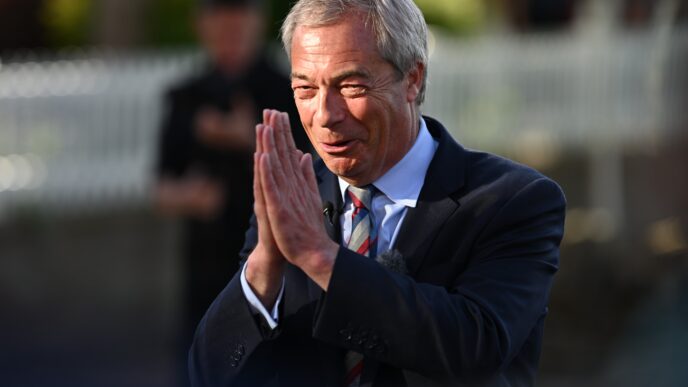As the UK economy continues to navigate the aftershocks of global disruptions, inflation remains one of the biggest challenges facing households, businesses, and policymakers. While the rate of inflation has cooled from its peak, it still sits above the Bank of England’s long-term target. Here’s how the UK is addressing inflation through a mix of monetary tightening, fiscal reform, and targeted economic support.
Current Inflation Trends
In mid-2025, the UK’s inflation rate is hovering around 3.4%—a modest drop from previous months. Core inflation remains elevated, with rising costs in household services, transport, and food. However, falling energy prices and tighter financial conditions have helped ease overall price pressures.
Monetary Policy Response
The Bank of England has kept interest rates at 4.25% to slow inflation. While this has helped control spending and borrowing, it has also cooled the housing market and slowed economic growth. Policymakers remain cautious, looking for signs that wage growth and service-sector inflation are also declining before considering any rate cuts.
Government Policy Actions
- Welfare and Tax Adjustments
The UK government has increased spending on public benefits such as universal credit and disability support, reversing earlier cuts to protect vulnerable households. This move supports short-term relief, though it places pressure on public finances. - Energy Efficiency Programs
Initiatives like the “Great British Insulation Scheme” aim to lower household energy costs by improving home energy efficiency. This not only eases inflationary pressure on consumers but also contributes to long-term environmental goals. - Support for Key Industries
The government has launched industrial strategies to stabilize energy costs and support manufacturing and technology sectors, helping to limit inflation in supply chains. - Stable Fiscal Planning
In its latest budget, the government focused on maintaining economic stability without sharp spending increases. Although growth-focused reforms have been delayed, the approach is seen as a cautious path to recovery.
Looking Ahead
While inflation is expected to remain above the Bank of England’s 2% target through the end of 2025, projections suggest a return to stability in 2026. Risks remain—particularly from wage growth, global energy markets, and currency volatility—but the current approach is helping to gradually tame inflation without triggering a recession.
Final Thought
The UK’s inflation battle is far from over, but a combination of high interest rates, careful fiscal policy, and targeted consumer support is helping to steady the economy. The real test will be whether the country can maintain this balance while fostering growth and easing the cost of living for millions.














